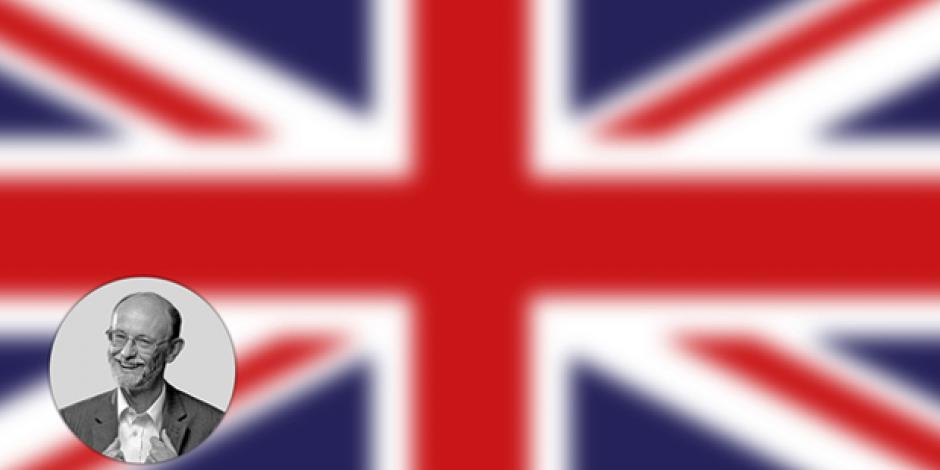Starten Sie den Audio-Text
Mit dem Audio-Player können Sie sich den Text anhören. Darunter finden Sie das Transkript.
Transcript: Hoping for action from COP26
Now that some of London’s doubledeckers are powered by hydrogenWasserstoffhydrogen, buses there are slowly getting cleaner. Thankfully, they’re not powered by laughing gas. Passengers may need cheering up after the pandemic, but nitrous oxideStickstoffoxid, Lachgasnitrous oxide is not the way to do it. And environmentally, it’s a no-no.
So, how can Londoners lift their mood while they travel? Well, they could try listening to the automatic voice that announces the stops.
Artificial voices are normally irritating, such as the ones at supermarket self-checkout tillSelbstbedienungskasseself-checkout tills. The endlessly repeated instructions to “Please scan an item” or “Finish and pay” are no doubt why many people now want their shopping delivered.
But the voice you hear on Underground trains travelling east on London’s District Line seems different. After the usual monotone announcement “This train is for…”, it turns quite cheerful and tells you the destination is Upminster.
I’ve never been to Upminster. I doubt it’s El Dorado, but the artificial voice clearly thinks it’s a lovely surprise to go there – as if the driver has decided to take you somewhere really special.
And the name Upminster sounds so positive. “Things are looking up,” we say. Or: “We’re on the up.” Thank heavens the end of the line isn’t Warminster, or somewhere starting with “down”, such as Downend, which sounds depressing.
You do wonder how long Britain’s trains will be able to reach their destinations. Global temperatures are up. sea levelMeeresspiegelSea levels are up, too, and pessimistic experts warn that large areas north of Cambridge and towns along the south coast may be lost to the sea. This may seem like good news to Londoners – they wouldn’t have so far to go for a day at the beach.
But London itself is also at risk. In the early 1980s, long before there was much talk of climate change, the Thames Barrier was built to the east of the city. The barrier is designed to keep the sea out of the River Thames.
Over the past 40 years, it has been used about 200 times to prevent London from becoming like Venice when the tideFluttide is in. But if waters continue to rise, Londoners may need to use gondolas to to commutependelncommute from the suburbVorstadtsuburbs.
As if this year’s flash floodÜberschwemmungflash floods and heat waves weren’t enough, the thought that many of the world’s coastal cities could turn into some sort of aquarium is one more thing for the next UN Climate Change Conference to worry about. November’s COP26 (Climate Change Conference)UN-Klimaschutzkonferenz 2021 in GlasgowCOP26 meeting will be in Glasgow. The fate of the world probably hangs on it, so let’s hope its leaders agree to cut carbonCO2carbon emissions.
The Scots will want to encourage them – if only to stop politicians from London to turn upauftauchenturning up at their doors with suitcases and camp beds after Westminster finds itself under water.
Source: Spotlight 13/2021, page 13
Neugierig auf mehr?
Dann nutzen Sie die Möglichkeit und stellen Sie sich Ihr optimales Abo ganz nach Ihren Wünschen zusammen.



